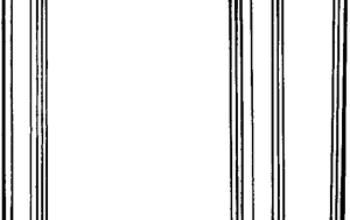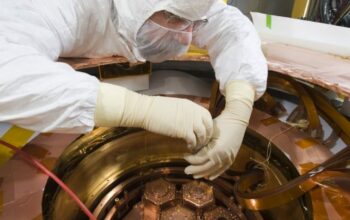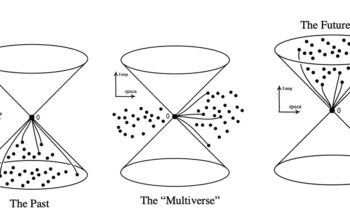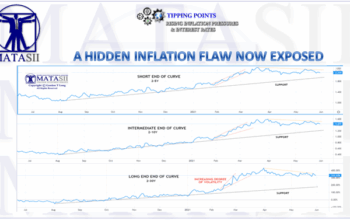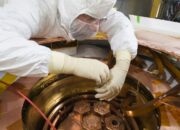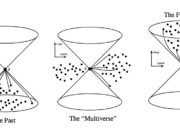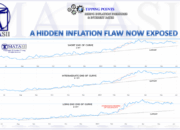Electron beam lithography (EBL) represents a paradigm shift in the synthesis of custom atomic lattices. This advanced technology enables the fabrication of intricately designed materials at the nanoscale, allowing for unprecedented control over material properties and functions. The advent of designer matter—materials engineered for specific applications—marks a significant evolution in both physics and materials science. This article explores the nuances of electron beam crafts in creating atomic lattices, highlighting the diverse applications and implications of such innovations.
At the core of electron beam lithography lies the controlled deposition of electrons onto a substrate coated with an electron-sensitive resist. As these electrons interact with the atoms in the resist, they induce chemical changes that render certain areas amenable to further processing. This process not only allows for the creation of complex geometric patterns but also enables the manipulation of material properties at the atomic level.
Various types of atomic lattices can be designed through this technique, each offering distinct functionalities. For instance, two-dimensional materials such as graphene have garnered extensive attention due to their remarkable electrical, thermal, and mechanical properties. By utilizing electron beams to modify the lattice structure of graphene, one can create devices that outperform their conventional counterparts. The flexibility and strength inherent in graphene provide a fertile ground for exploring applications in electronics, sensors, and even composite materials.
Another significant area of development in electron beam crafts involves the design of photonic crystals. These materials manipulate electromagnetic waves, allowing for the control of light propagation. By tailoring the arrangement of dielectric materials at the nanoscale using EBL, one can achieve a photonic bandgap—a phenomenon that prevents certain wavelengths of light from propagating through the crystal. This property opens the door for advanced optical devices, such as highly efficient solar cells and innovative laser systems.
The versatility of electron beam lithography extends to the creation of metamaterials—engineered materials that exhibit properties not found in nature. These materials can possess negative refractive indices, enabling applications in cloaking technologies, superlenses, and enhanced imaging systems. The ability to tailor the atomic structure of metamaterials through EBL provides the foundation for the next generation of optical and electromagnetic devices.
Beyond electronic and optical applications, the synthesis of atomic lattices via electron beams also contributes to the field of quantum computing. Quantum dots, which are semiconductor particles on the order of nanometers in size, serve as fundamental components in quantum devices. By precisely arranging these quantum dots in specific lattices, it becomes possible to create qubits—basic units of quantum information. The manipulation of these qubits underpins the development of quantum computers, which promise to revolutionize problem-solving capabilities across various domains.
Moreover, electron beam crafts are proving indispensable in the realm of nanomedicine. The capability to engineer materials at the atomic level allows for the development of targeted drug delivery systems and advanced diagnostic techniques. For example, nanoparticles can be tailored to bind selectively to cancer cells, enhancing the efficacy of therapeutics while minimizing side effects. This precision medicine approach underscores the transformative potential of custom atomic lattices designed via electron beam lithography.
The integration of electron beam techniques with other fabrication methods further amplifies their impact. Combining EBL with top-down and bottom-up approaches can yield hybrid structures that leverage the strengths of diverse fabrication techniques. For instance, integrating EBL with chemical vapor deposition (CVD) can facilitate the growth of high-quality nanostructures that complement the precision patterning achieved through electron beams.
Challenges remain in the widespread adoption of electron beam crafts for fabricating custom atomic lattices. The complexity of the processes, coupled with high instrument costs and relatively slow throughput, presents barriers to scalability. Nonetheless, advancements in EBL technology, such as the development of high-throughput systems and novel resist materials, are mitigating these challenges. The continuous evolution of this field paves the way for broader industrial applications of designer matter.
The future of electron beam crafts in creating custom atomic lattices is replete with potential. As research progresses and understanding deepens, one can anticipate the emergence of materials and applications that transcend current technological limitations. The fusion of physics, material science, and engineering through EBL heralds an era where the manipulation of matter at the atomic level is not merely theoretical but a practical reality.
In conclusion, the synthesis of custom atomic lattices via electron beam crafts represents a monumental achievement in material engineering. As designers of matter, scientists can usher in unparalleled innovations across diverse fields such as electronics, optics, quantum computing, and medicine. The ongoing exploration of these techniques will undoubtedly yield insights that not only enhance existing technologies but also inspire novel applications, further cementing the role of electron beams in the 21st century’s technological landscape.

